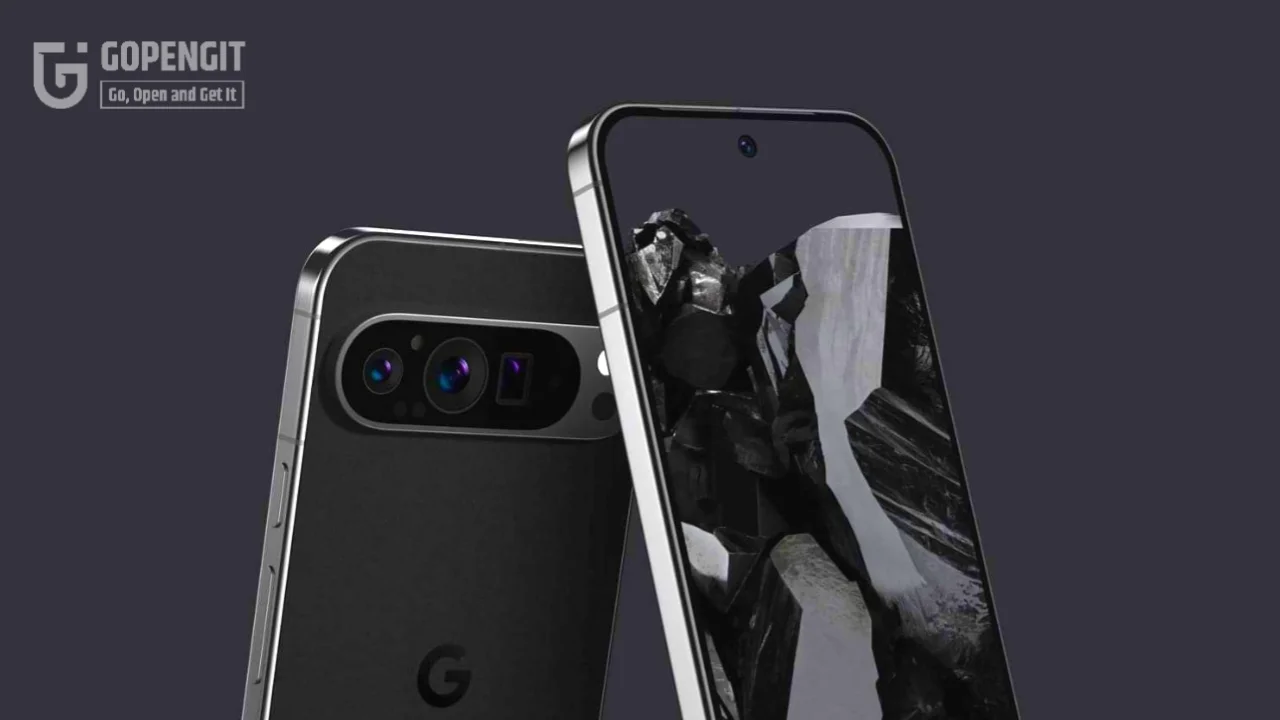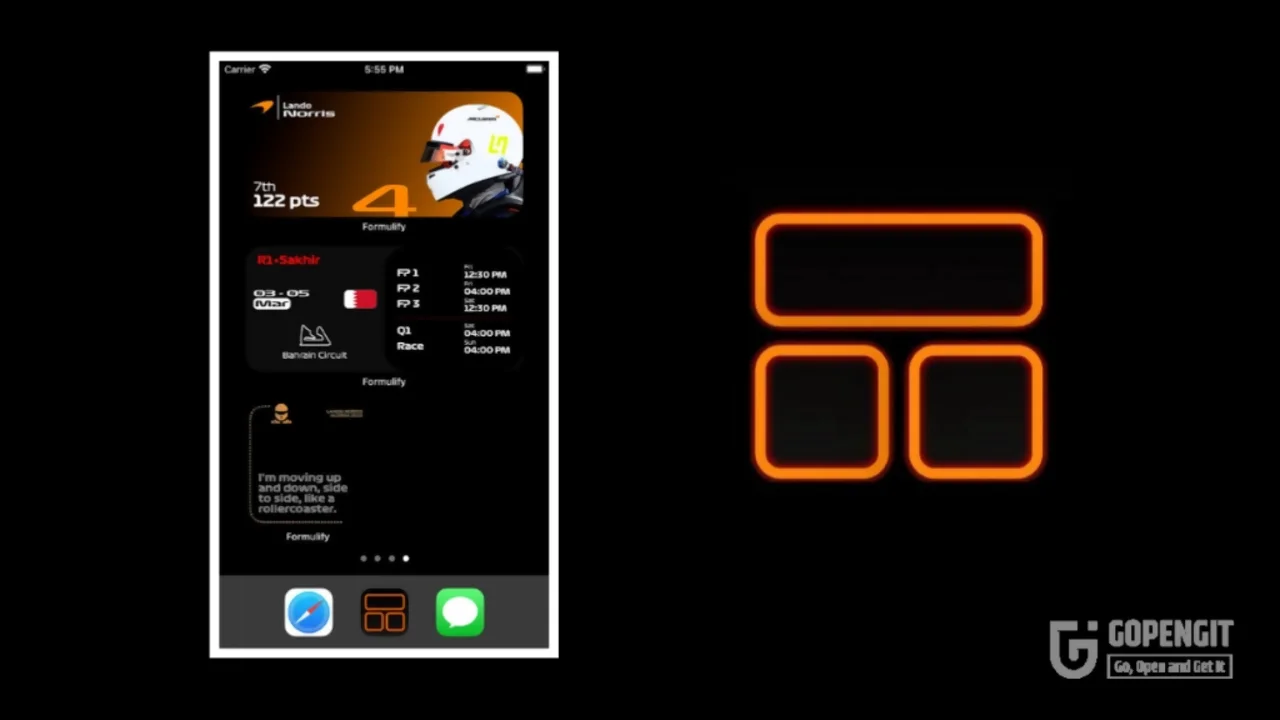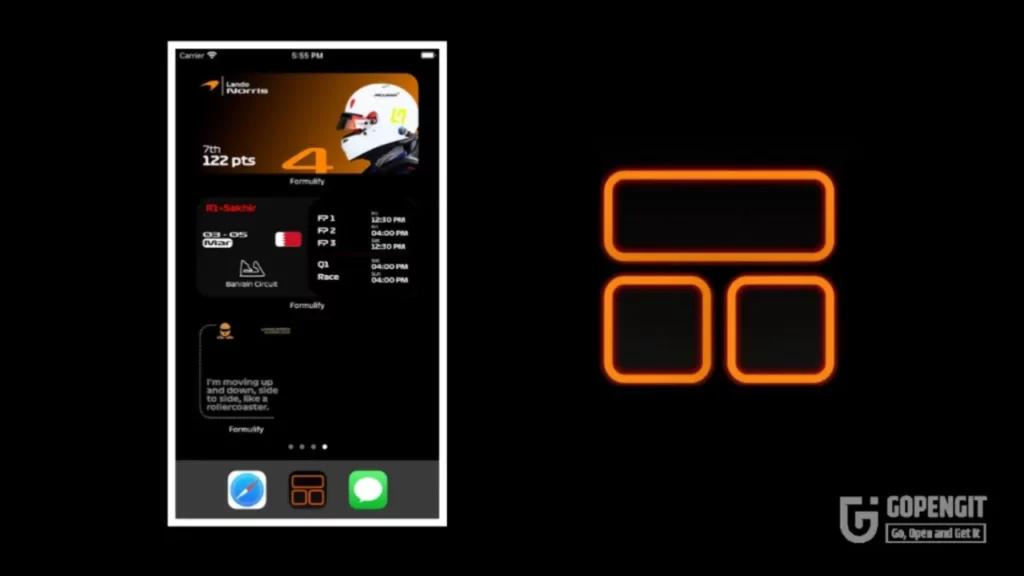How to Increase Speaker Volume on Android Phone in 5 Ways

Hello, Concerns regarding the phone’s Low sound speaker volume are common among Android users. For ...
BRABU Part 2 Admit Card 2022-25: Exam Date and Admit card Available.

The Bachelor of Science, Commerce, and Arts admit card for Babasaheb Bhimrao Ambedkar Bihar University, ...
Resolve Your Apple Watch ‘Ghost Touch’ Issue with These Fixes.

Ghost Touch Issue Fix: What a fantastic little gadget the Apple Watch is. I really ...
Introducing FaceCheck ID – Advancing Facial Biometric Verification.

FaceCheck ID : With the use of cutting-edge facial recognition technology, Facecheck ID is an ...
Top 10 Janitor AI Alternatives, Here’s Best Sites for Enhanced AI Experiences.

Welcome to the future of AI chatbots! In this article, we delve into the exciting ...
Google Pixel 9 Leaks in Renders, Featuring Three Rear Cameras and Flat Sides

Just a few time ago, CAD-based renderings of the Google Pixel 9 Pro made its ...
Mengenai Destinasi Gopeng Glamping Park Malaysia termasuk Harga, Penginapan, dan Laluan

Investigasi kemewahan dan perjalanan Gopeng Glamping Park ialah lokasi popular untuk lawatan ringkas dan percutian ...
Gopeng Glamping Park: Price, Hotel, and Directions Overview

An Exploration of Luxury and Adventure Gopeng Glamping Park is a popular place for quick ...




